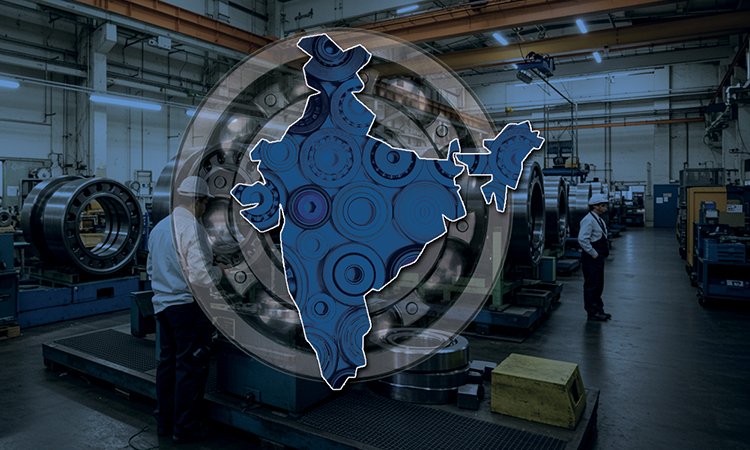India can be a global hub not just for volume, but for high-value, differentiated bearing solutions. Doing so will require industry leadership, smarter policy support, and urgent investment in quality, technology and people: Rohit Saboo
The Indian bearing industry has made real progress — scale, capability, and exports are all rising. Even though we are growing, there are underlying gaps. If we don’t deal with them now, our ability to compete and succeed over time will suffer.
First, counterfeit and low-quality imports remain a persistent problem. Spurious products erode trust, hit margins, and create safety risks for end-users. Industry and government must accelerate enforcement, mandate unique traceability markings, and run large-scale anti-counterfeit drives. Quality cannot be a negotiable variable.
Second, raw-material volatility and logistics cost inflation squeeze margins unpredictably. A more predictable duty and trade policy, targeted credit lines for working capital, and improved freight connectivity (port-rail links, dedicated corridors) will stabilize input costs and delivery timelines.
Third, R&D and technology investment are still too low across the sector. Bearings for EVs, aerospace and high-speed rail demand advanced materials, insulation coatings, and sensor integration. Public incentives for industry-led R&D, faster approvals for cooperative projects with global technology centres, and tax support for capital expenditure would speed up capability building.
Fourth, the skills gap is real. Modern, connected factories require a different skill mix — data literacy, predictive-maintenance techniques and systems thinking. We need structured skilling programmes tied to industry needs: apprenticeships, sponsored higher-education pathways, and widespread on-the-job reskilling supported by manufacturers and academia.
Fifth, sustainability must move from rhetoric to measurable action. Energy efficiency, water conservation and circular practices will soon be procurement filters for international OEMs. Clear, harmonised ESG reporting standards and incentives for green investments will help Indian suppliers compete on the global stage.
Sixth, fragmentation in the supplier base limits the ability to deliver large, complex programmes. Strategic consolidation, partnerships and platform collaborations will create scale and depth in capability. M&A should be encouraged where it strengthens technology, quality, or global reach.
Finally, digital adoption remains uneven. Connected factories, condition-based maintenance, and sensorised bearings are no longer optional. Industry must accelerate adoption of common IIoT standards, cybersecurity best practices, and interoperable platforms so that data can flow and decisions can be faster and predictive.
These are practical, high-impact steps. The opportunity is clear: India can be a global hub not just for volume, but for high-value, differentiated bearing solutions. Doing so will require industry leadership, smarter policy support, and urgent investment in quality, technology and people. I remain optimistic — but optimistic with a plan.



